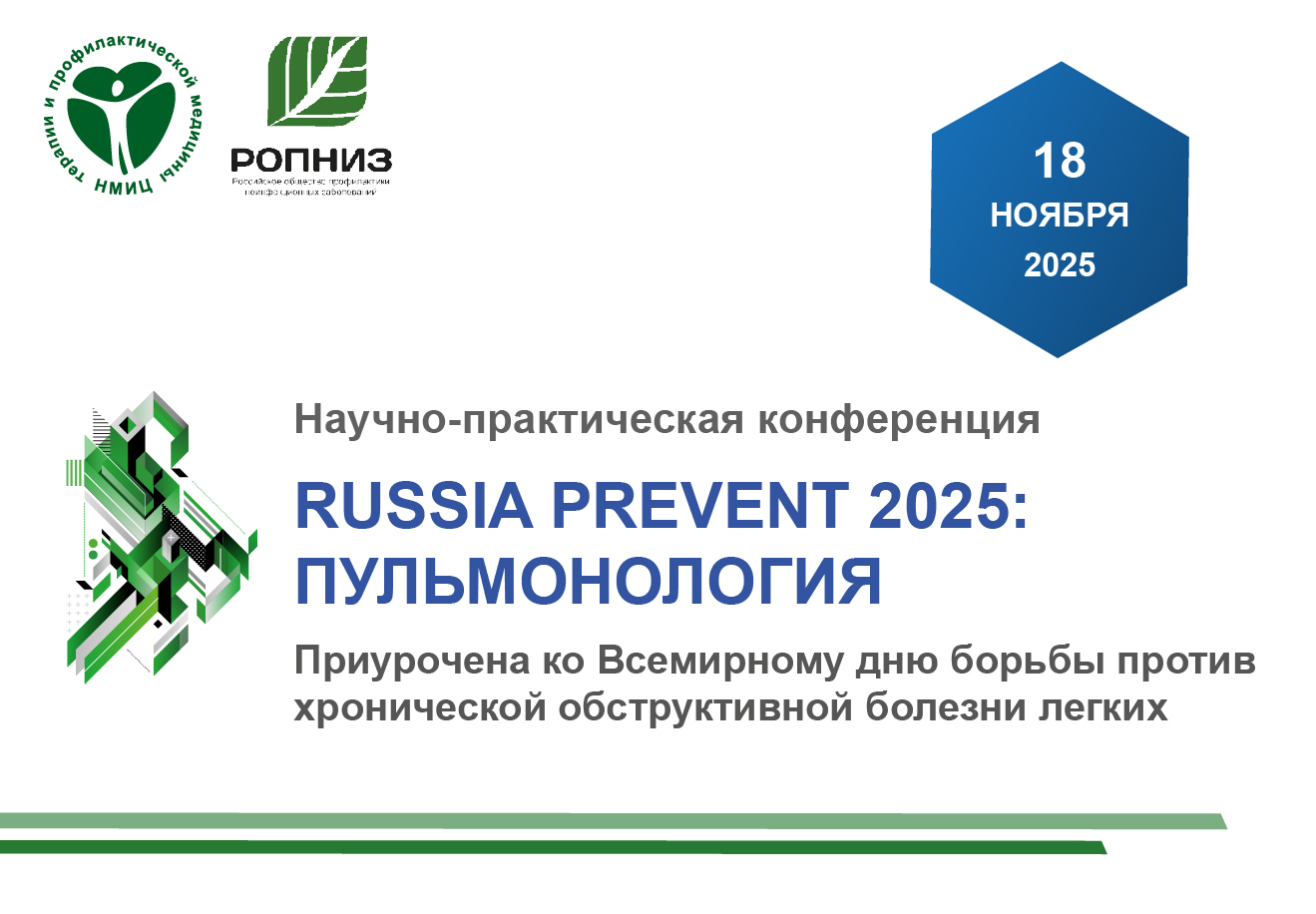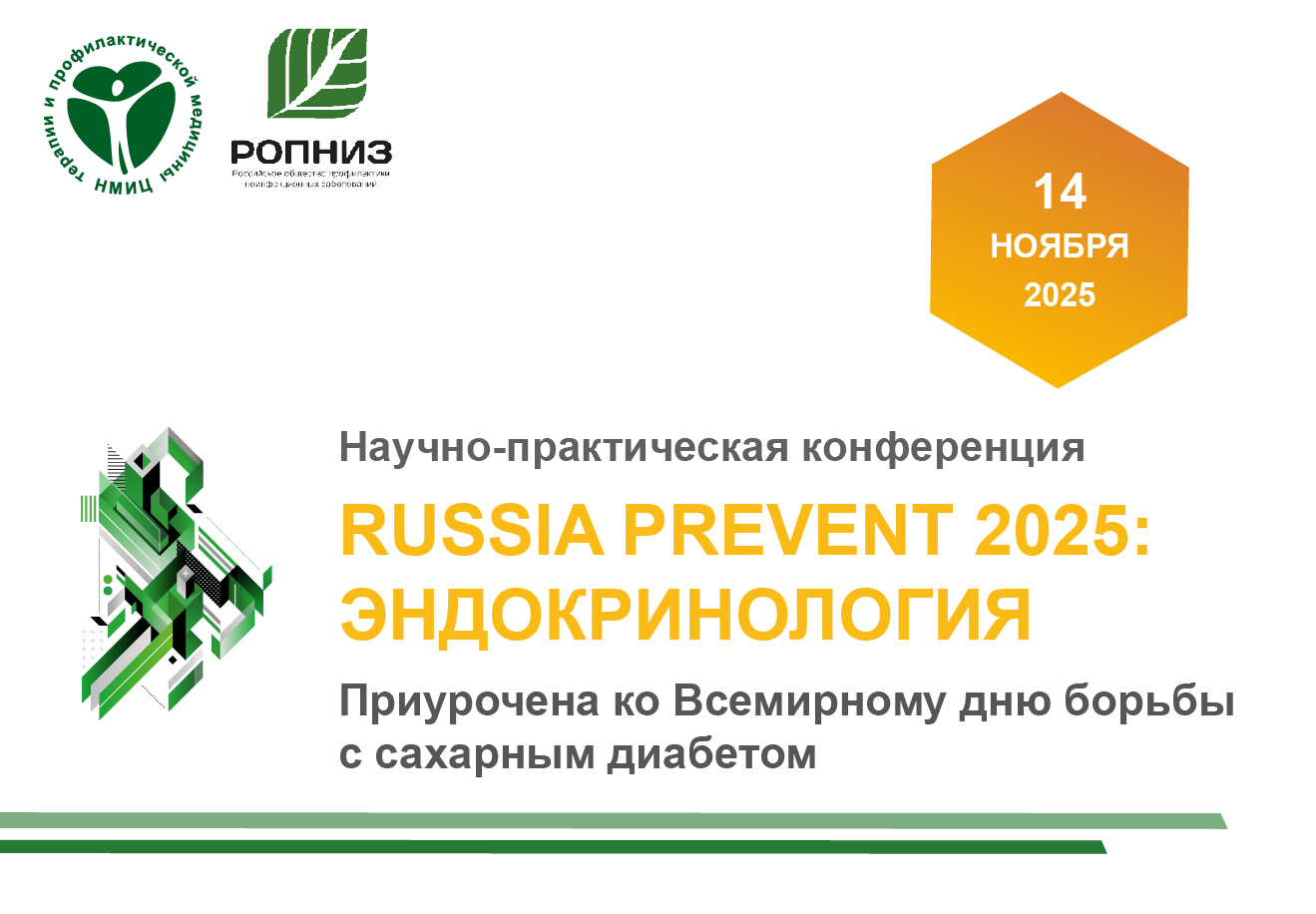The impact of clinical decision support systems on adherence to clinical guidelines and achieving target levels of low-density lipoprotein cholesterol in patients at risk of developing cardiovascular events (SuccESS)
https://doi.org/10.20996/1819-6446-2024-3138
EDN: BWLQBK
Abstract
Aim. To assess the effectiveness of clinical decision support system (CDSS) implementation strategy in increasing the frequency of low-density lipoprotein cholesterol (LDL-С) monitoring in patients hospitalized for acute cardiovascular events (CVEs), in patients with coronary artery disease (CAD) or dyslipidemia.
Material and methods. A non-interventional, retrospective, multicentre study assessing the impact of a CDSS with automatic electronic medical record (EMR) data processing on adherence to guidelines in patients at risk of cardiovascular diseases (SuccESS) was performed. The study included two cohorts of patients from healthcare facilities in three regions of Russia. The main cohort consisted of patients hospitalized for acute CVEs, with 12,227 patients included in the first follow-up period and 11,364 patients included in the second follow-up period. The additional cohort consisted of patients with stable CAD or dyslipidemia, with 54 469 patients included in the first follow-up period and 94,616 patients included in the second follow-up period. The study assessed follow-up findings in real-world clinical practice before and after the CDSS was implemented (first and second follow-up periods, respectively). The median duration of follow-up in the main cohort was >158 days in the first follow-up period and >227 days in the second follow-up period.
Results. In the second follow-up period the proportion of patients with available data on LDL-C control in the EMR increased from 12.3% to 18.8% (here and further — relative change: +52.3%, p<0.001) in the main cohort and from 12.3% to 19.8% (+61.7%, p<0.001) in the additional cohort. The proportion of patients with myocardial infarction and unstable angina in the main cohort who did not visit a general practitioner or cardiologist during the follow-up period decreased from 33.1% to 25.5% (-23%, p<0.001). The proportion of patients with ischemic stroke and transient ischemic attack (TIA) in the main cohort who did not visit a general practitioner or neurologist during the follow-up period decreased from 66.6% to 39.3% (-41%, p<0.001). In the additional cohort, the proportion of patients who did not visit a general practitioner or cardiologist decreased from 38.2% to 27.6% (-28%, p<0.001). The use of low-intensity/moderate-intensity statin therapy decreased from 12.5% to 9% (-27%, p<0.001) in the main cohort and from 47.4% to 40% (-15%, p<0.001) in the additional cohort. However, the use of high-intensity statin therapy in the additional cohort increased from 42.7% to 49.9% (+17%). In the second follow-up period, there was a decrease in the number of hospitalizations for myocardial infarction and ischemic stroke from 3.6% to 1.7% (-53%, p<0.001) in the main cohort and from 0.1% to 0.06% (-40%, p=0.01) in the additional cohort.
Conclusion. The study findings demonstrate the positive impact of CDSS on several parameters that determine the quality and organization of medical care. The CDSS can be used to improve clinical and managerial decisions.
Keywords
About the Authors
K. S. Astrakova (Benimetskaya)Russian Federation
Kseniya S. Astrakova (Benimetskaya)
Novosibirsk
I. L. Mikheenko
Russian Federation
Igor L. Mikheenko
Novosibirsk
A. E. Uranov
Russian Federation
Alexey E. Uranov
Novosibirsk
A. A. Gartung
Russian Federation
Anna A. Gartung
Novosibirsk
E. A. Kovalev
Russian Federation
Evgeniy A. Kovalyov
Novosibirsk
A. A. Spiridonov
Russian Federation
Arseny A. Spiridonov
Novosibirsk
I. I. Shestova
Russian Federation
Irina I. Shestova
Tula
I. L. Strokolskaya
Russian Federation
Irina L. Strokolskaya
Kemerovo
M. A. Meshkova
Russian Federation
Maria A. Meshkova
Lipetsk
L. I. Esev
Russian Federation
Leonid I. Esev
Moscow
А. V. Reznik
Russian Federation
Andrey V. Reznik
Moscow
V. А. Petrakovskaia
Russian Federation
Vera A. Petrakovskaia
Moscow
A. M. Shangina
Russian Federation
Anna M. Shangina
Moscow
Yu. E. Efremova
Russian Federation
Yulia E. Efremova
Moscow
I. V. Sergienko
Russian Federation
Igor V. Sergienko
Moscow
M. V. Ezhov
Russian Federation
Marat V. Ezhov
Moscow
O. L. Barbarash
Russian Federation
Olga l. Barbarash
Kemerovo
P. N. Paleev
Russian Federation
Filipp N. Paleev
Moscow
References
1. Abdullah SM, Defina LF, Leonard D, et al. Long-Term Association of Low-Density Lipoprotein Cholesterol With Cardiovascular Mortality in Individuals at Low 10-Year Risk of Atherosclerotic Cardiovascular Disease. Circulation. 2018;138(21):2315-25. DOI:10.1161/CIRCULATIONAHA.118.034273.
2. Drapkina OM, Imaeva AE, Kutsenko VA, et al. Dyslipidemia in the Russian Federation: population data, associations with risk factors. Cardiovascular Therapy and Prevention. 2023;22(8S):3791. (In Russ.) DOI:10.15829/1728-8800-2023-3791.
3. Breuer H-W. Low Density Lipoprotein Cholesterol And Coronary Heart Disease — Lower Is Better. European Cardiology. 2005;1(1):1-6. DOI:10.15420/ecr.2005.1c.
4. Ballantyne CM, Grundy SM, Oberman A, et al. Hyperlipidemia: diagnostic and therapeutic perspectives. J Clin Endocrinol Metab. 2000;85(6):2089-112. DOI:10.1210/jcem.85.6.6642-1.
5. Zagrebelnyi AV, Martsevch SYu, Lukyanov MM, et al. Quality of lipid-lowering therapy in outpatient practice: RECVAS Register data The Russian Journal of Preventive Medicine. 2016;19(1):9-14. (In Russ.) DOI:10.17116/profmed20161919-14.
6. Shalnova SA, Deev AD, Metelskaya VA, et al. Awareness and treatment specifics of statin therapy in persons with various cardiovasular risk: the study ESSE-RF. Cardiovascular Therapy and Prevention, 2016;15(4):29-37. (In Russ) DOI:10.15829/1728-8800-2016-4-29-37.
7. Khaisheva LA, Glova SE, Suroedov VA, et al. Evaluation of Drug Therapy and Adherence to It in Patients after Acute Coronary Syndrome in Real Clinical Practice (Results of One Year Observation). Rational Pharmacotherapy in Cardiology. 2018;14(6):852-7. (In Russ) DOI:10.20996/1819-6446-2018-14-6-852-857.
8. Schiele F, Quignot N, Khachatryan A, et al. Clinical impact and room for improvement of intensity and adherence to lipid lowering therapy: Five years of clinical follow-up from 164,565 post-myocardial infarction patients. Int J Cardiol. 2021;332:22-8. DOI:10.1016/j.ijcard.2021.03.007.
9. Ancker JS, Kern LM, Edwards A, et al.; HITEC Investigators. Associations between healthcare quality and use of electronic health record functions in ambulatory care. J Am Med Inform Assoc. 2015;22(4):864-71.
10. Shekelle PG, Pane JD, Agniel D, et al. Assessment of Variation in Electronic Health Record Capabilities and Reported Clinical Quality Performance in Ambulatory Care Clinics. 2014-2017. JAMA Netw Open. 2021;4(4):e217476. DOI:10.1001/jamanetworkopen.2021.7476.
11. Bangash H, Saadatagah S, Naderian M, et al. Effect of clinical decision support for severe hypercholesterolemia on low-density lipoprotein cholesterol levels. NPJ Digit Med. 2024;7(1):73. DOI:10.1038/s41746-024-01069-w.
12. Losik DV, Kozlova SN, Krivosheev YuS, et al. Retrospective analysis of clinical decision support system use in patients with hypertension and atrial fibrillation (INTELLECT). Russian Journal of Cardiology. 2021;26(4):4406. (In Russ.) DOI:10.15829/1560-4071-2021-4406.
13. Ponomarenko AV, Krivosheev YS, Mikheenko IL, et al. Searching for potential factors associated with failed catheter ablation of atrial fibrillation. Retrospective analysis of electronic medical records using medical decision-making support service (SELECT AF study). Russian Cardiology Bulletin. 2023;18(2):35-42. (In Russ.) DOI:10.17116/Cardiobulletin20231802135.
14. Ezhov MV, Kukharchuk VV, Sergienko IV, et al. Disorders of lipid metabolism. Clinical Guidelines 2023. Russian Journal of Cardiology. 2023; 28(5):5471. (In Russ.) DOI:10.15829/1560-4071-2023-5471.
15. Ezhov MV, Chubykina UV, Dmitriev VA. Difficulties in achieving target levels of low density lipoproteid cholesterol in patients with atherosclerotic cardiovascular diseases in real clinical practice. Atherosclersis and dyslipidemias. 2023;(4):27-34. (In Russ.) DOI:10.34687/2219-8202.JAD.2023.04.0003.
16. Drapkina OM, Shepel RN, Kalinina AM, et al. Organizational context of quality assessment of follow-up care for patients with stable coronary heart disease by primary care general practitioners. Russian Journal of Preventive Medicine. 2021;24(9):6-16. (In Russ.) DOI:10.17116/profmed2021240916.
17. Ray KK, Haq I, Bilitou A, et al.; SANTORINI Study Investigators. Treatment gaps in the implementation of LDL cholesterol control among high- and very high-risk patients in Europe between 2020 and 2021: the multinational observational SANTORINI study. Lancet Reg Health Eur. 2023;29:100624. DOI:10.1016/j.lanepe.2023.100624.
18. Ray KK, Molemans B, Schoonen WM, et al.; DA VINCI study. EU-Wide Cross-Sectional Observational Study of Lipid-Modifying Therapy Use in Secondary and Primary Care: the DA VINCI study. Eur J Prev Cardiol. 2021;28(11):1279-89. DOI:10.1093/eurjpc/zwaa047.
19. Alieva AS, Usova EI, Zvartau NE, et al. Implementation study to introduce clinical guidelines on lipid metabolism disorders into routine practice: results of the first stage. Russian Journal of Cardiology. 2024;29(1):5724. (In Russ.) DOI:10.15829/1560-4071-2024-5724.
Supplementary files

|
1. Приложение | |
| Subject | ||
| Type | Исследовательские инструменты | |
Download
(3MB)
|
Indexing metadata ▾ | |
Review
For citations:
Astrakova (Benimetskaya) K.S., Mikheenko I.L., Uranov A.E., Gartung A.A., Kovalev E.A., Spiridonov A.A., Shestova I.I., Strokolskaya I.L., Meshkova M.A., Esev L.I., Reznik А.V., Petrakovskaia V.А., Shangina A.M., Efremova Yu.E., Sergienko I.V., Ezhov M.V., Barbarash O.L., Paleev P.N. The impact of clinical decision support systems on adherence to clinical guidelines and achieving target levels of low-density lipoprotein cholesterol in patients at risk of developing cardiovascular events (SuccESS). Rational Pharmacotherapy in Cardiology. 2024;20(6):625-636. (In Russ.) https://doi.org/10.20996/1819-6446-2024-3138. EDN: BWLQBK
















































